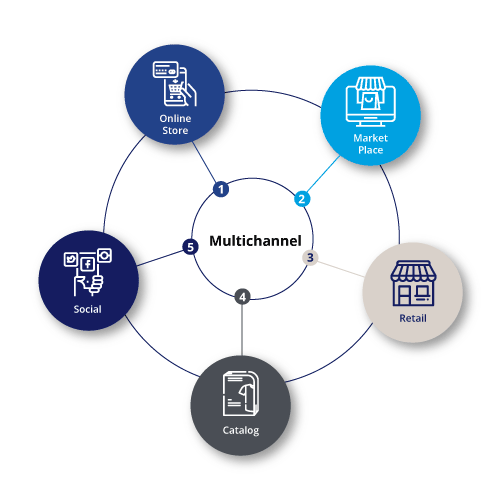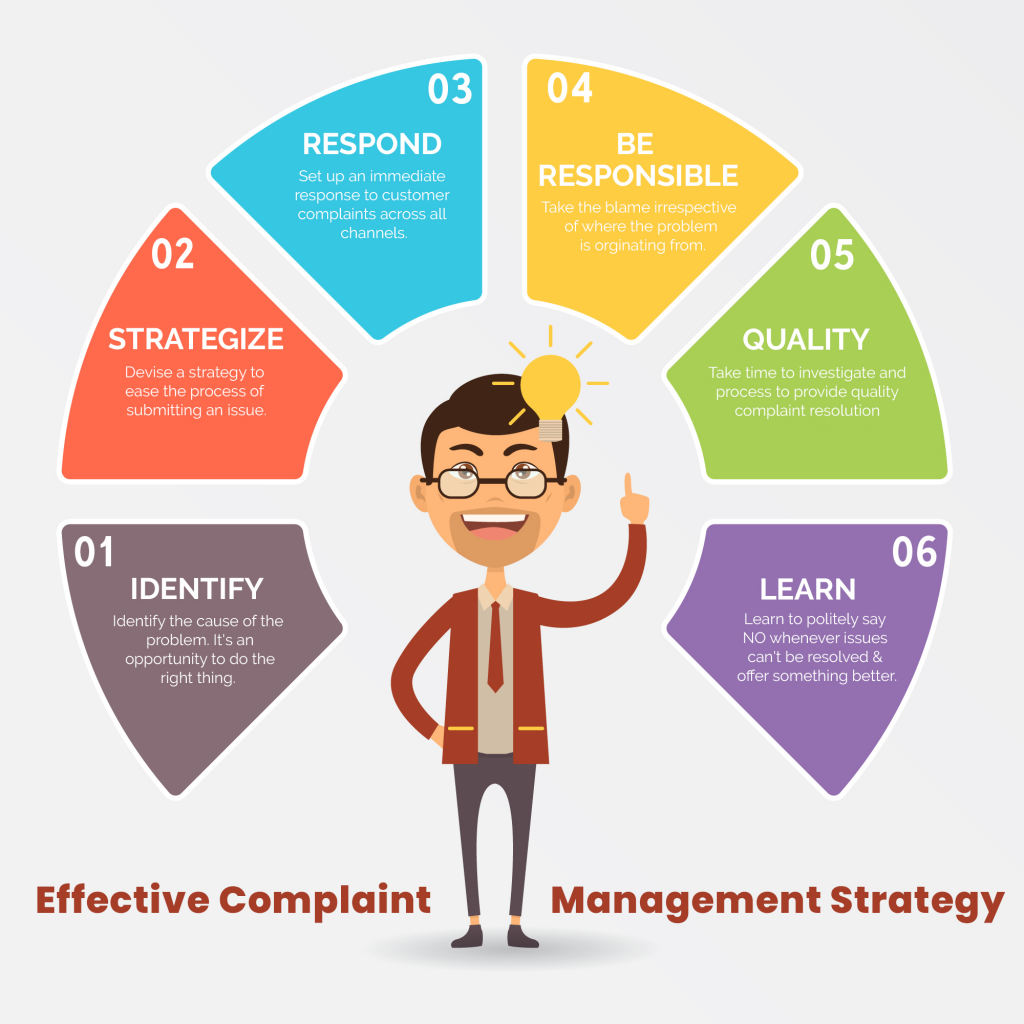Strategies for Resolving Complaints in a Multichannel Customer Service Environment

Strategies for Resolving Complaints in a Multichannel Customer Service Environment
The modern customer journey is a multichannel experience. From social media to email, chatbots to phone calls, customers can reach out to businesses through a variety of platforms. This presents a unique challenge for customer service teams: how to effectively manage complaints and ensure consistent resolution across all channels.
Here are some key strategies to tackle this challenge:
1. Centralized Complaint Management:
- Unified Platform: Implement a single platform for managing complaints regardless of the channel. This ensures visibility and facilitates collaboration across teams.
- Complaint Tracking: Develop a robust system to track the complaint lifecycle, including details like the source, date, status, and resolution. This helps identify trends and areas for improvement.
- Customer History: Ensure that all channels have access to the customer’s entire history, including past interactions and resolutions. This avoids repeating information and allows for personalized service.
2. Proactive Complaint Handling:
- Channel-Specific Training: Train customer service representatives on the unique needs and expectations of each channel. This ensures they can effectively address complaints in a relevant and empathetic way.
- Automated Responses: Implement automated responses for common complaints, such as shipping updates or order cancellations. This frees up representatives to handle more complex issues.
- Early Intervention: Proactively reach out to customers who exhibit signs of dissatisfaction, such as negative reviews or escalated inquiries. This allows for early intervention and reduces the risk of escalating complaints.
3. Empowering Customer Service Representatives:
- Decision-Making Authority: Give customer service representatives the authority to make decisions and resolve complaints promptly. This reduces the need for escalation and improves customer satisfaction.
- Problem-Solving Tools: Provide representatives with access to tools and resources that enable them to effectively resolve complaints. This may include access to internal databases, CRM systems, and knowledge bases.
- Continuous Training: Invest in ongoing training programs to equip representatives with the latest skills and knowledge to handle complaints effectively. This includes training on conflict resolution, empathy, and communication skills.
4. Measuring and Improving:
- Customer Satisfaction Metrics: Track customer satisfaction metrics, such as Net Promoter Score (NPS) and customer effort score (CES), to gauge the effectiveness of complaint resolution strategies.
- Complaint Resolution Time: Monitor the average time it takes to resolve complaints. This helps identify bottlenecks and improve efficiency.
- Customer Feedback: Actively solicit customer feedback to identify areas for improvement. Encourage feedback through surveys, reviews, and social media monitoring.
5. Building a Culture of Customer-Centricity:
- Customer Focus: Embed a customer-centric culture throughout the organization. This involves prioritizing customer needs and ensuring that all employees are committed to delivering exceptional service.
- Transparency and Accountability: Be transparent about the complaint resolution process and hold teams accountable for delivering on their commitments.
- Continuous Improvement: Constantly strive to improve complaint resolution processes and leverage data and feedback to drive positive change.
By implementing these strategies, businesses can effectively manage complaints across all channels, improve customer satisfaction, and build a strong reputation for exceptional customer service.

